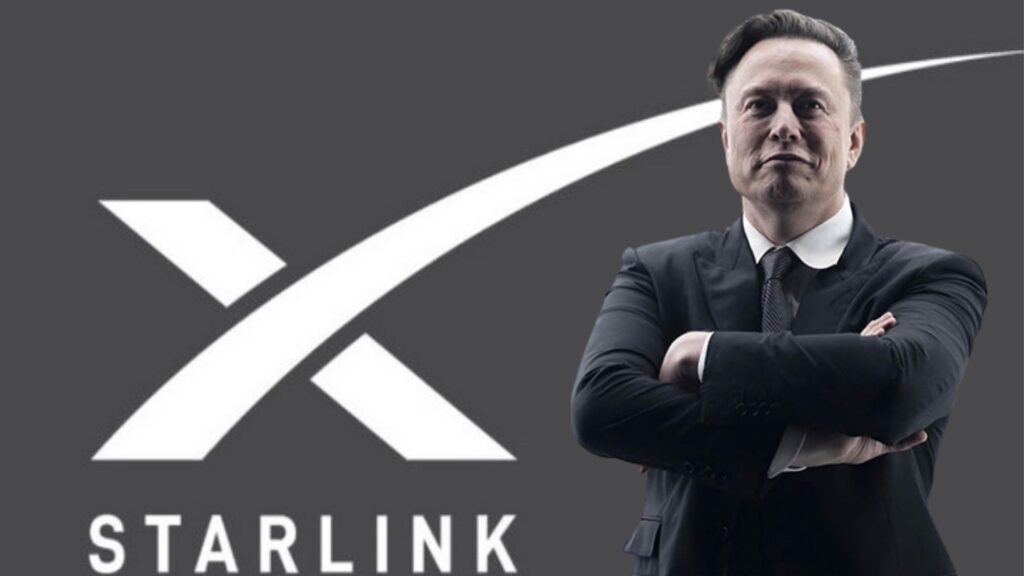Elon Musk’s satellite internet company Starlink has received the final clearance required to start operations in India. The Indian National Space Promotion and Authorization Centre (IN-SPACe) has given satellite authorization to Starlink Satellite Communications Private Limited (SSCPL), allowing it to launch its Starlink Gen1 low-earth orbit (LEO) satellite constellation in India.
The approval is valid for five years or until the operational end of the Gen1 satellite constellation, whichever comes first. Starlink will still need additional approvals and licenses from relevant government departments before full commercial rollout.

Earlier Approvals and Service Rollout Timeline
On June 5, the company secured key licenses from the Department of Telecommunications (DoT), including the Global Mobile Personal Communication by Satellite (GMPCS) license, Commercial VSAT, and Internet Service Provider (ISP) license.
With all major regulatory approvals now in place, Starlink is expected to begin setting up its ground infrastructure in India. This will include importing essential equipment and obtaining necessary clearances. Services are likely to launch in the coming months.
Starlink Gen1 Constellation and Technical Capabilities
The Starlink Gen1 constellation comprises 4,408 satellites operating at altitudes between 540 km and 570 km. The system is capable of delivering 600 Gbps throughput over India, making it suitable for high-speed internet access even in remote and underserved areas.
Target Markets and Use Cases
Starlink’s primary focus in India will be to connect rural and remote regions that lack reliable telecom infrastructure. Key use cases include services for enterprises in mining, maritime, and aviation, along with government projects.
Industry experts also believe Starlink will enter urban markets, where users may adopt the service for additional connectivity or due to early adoption appeal.
Pricing and Equipment Costs
Analyst reports suggest Starlink may launch with data plans under ₹1,000 per month in India, which is higher than fiber broadband rates offered by providers like Reliance Jio and Airtel. However, satellite internet users will need to invest in home hardware, which could cost over ₹20,000.
Starlink is expected to explore hardware subsidies in line with its global pricing strategies to make the service more affordable in India.
Government Support and Strategic Alliances
The Indian government views satellite internet as a key tool to achieve universal mobile coverage. The arrival of Starlink and other satcom players is seen as a step toward 100% mobile reach across the country.
Starlink has already formed partnerships with major telecom operators Jio and Airtel. Both companies signed deals in March to support the marketing and potential network integration of Starlink services. These alliances followed a meeting between Prime Minister Narendra Modi and Elon Musk during Modi’s U.S. visit earlier this year.
With all approvals now secured, Starlink is preparing for an aggressive push into India’s fast-growing digital connectivity space.
